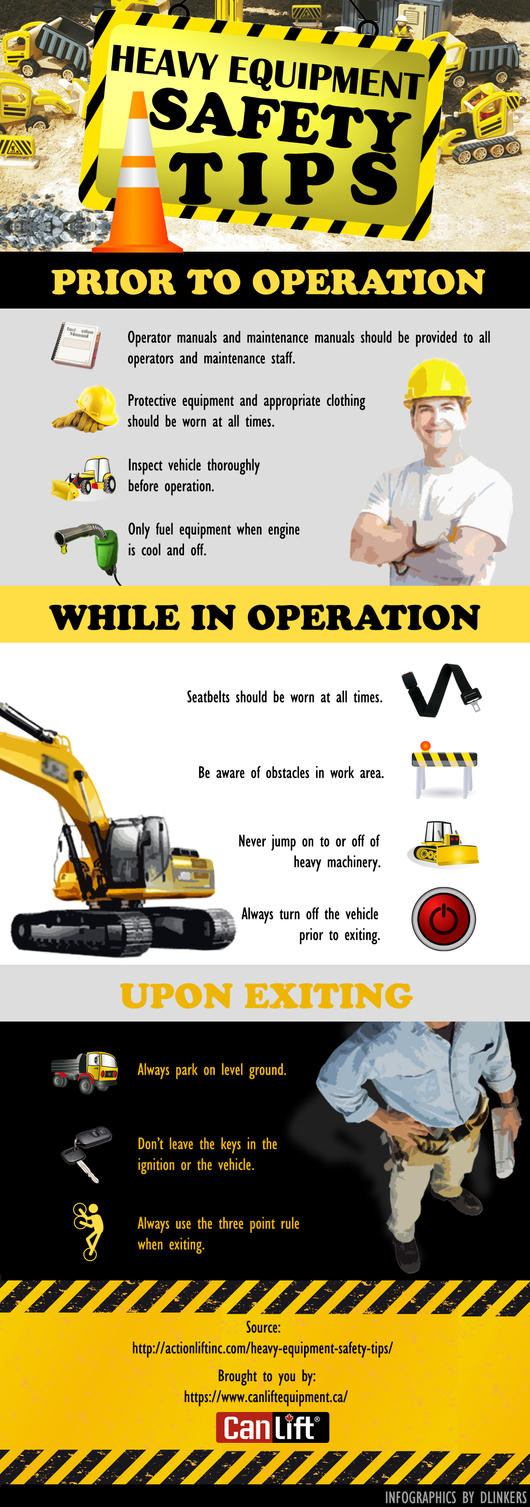Become A Night Hunter: Essential Equipment And Safety Tips For Nighttime Wildlife Viewing

Table of Contents
Essential Equipment for Nighttime Wildlife Viewing
Nighttime wildlife viewing requires specialized equipment to ensure both safety and optimal observation. Investing in the right gear will significantly enhance your experience and allow you to witness the magic of the nocturnal world.
Optics for Night Vision
Choosing the right optics is paramount for successful night hunting. Several options exist, each with its strengths and weaknesses:
-
Night Vision Binoculars: These range from Generation 1 (Gen 1), offering basic night vision capabilities, to Generation 3 (Gen 3), providing superior image clarity and detail. Higher generations come with a higher price tag. Brands like ATN, Pulsar, and Sightmark offer various models catering to different budgets and needs. Consider features like magnification, field of view, and battery life when making your choice.
-
Night Vision Scopes: Ideal for longer distances, night vision scopes are mounted on tripods or rifles (though you shouldn't be hunting animals, just observing them!). They provide magnified views, making it easier to spot animals in low-light conditions.
-
Thermal Imaging Devices: Unlike night vision, which relies on ambient light, thermal imagers detect heat signatures. This allows you to spot animals even in complete darkness, but they are generally more expensive than night vision devices. They're excellent for detecting animals hidden in dense vegetation. However, they may not provide the same level of detail as night vision.
-
Red Light Headlamps: Essential for maintaining your night vision, red light headlamps emit less disruptive light than white light. Look for headlamps with adjustable brightness levels and long battery life. Consider models with a red light mode specifically designed for wildlife viewing.
Other Crucial Gear
Beyond optics, several other pieces of equipment are critical for nighttime wildlife viewing:
- Comfortable, Weatherproof Clothing: Layering is key. Choose moisture-wicking base layers, insulating mid-layers, and a waterproof outer shell to protect against the elements.
- Reliable Headlamp or Flashlight (and Backup): A dependable headlamp is essential, but always carry a backup flashlight in case of battery failure.
- First-Aid Kit: Include bandages, antiseptic wipes, pain relievers, and any personal medications you require.
- Insect Repellent: Depending on your location and the season, insect repellent is vital for comfort and preventing bites.
- Navigation Tools: A map, compass, and GPS device are highly recommended, especially if venturing into unfamiliar territory.
- Camera and Tripod (Optional): Capture those incredible nighttime wildlife photos with a camera and tripod for stable, clear images.
Safety Precautions for Nighttime Wildlife Viewing
Safety should always be your top priority when engaging in nighttime wildlife viewing. Careful planning and awareness are crucial for a safe and enjoyable experience.
Planning and Preparation
- Research the Area: Thoroughly research the area you plan to visit. Understand the terrain, potential hazards (e.g., steep cliffs, water crossings), and the types of wildlife present.
- Inform Someone of Your Plans: Share your itinerary, including your planned route, estimated return time, and emergency contact information with a friend or family member.
- Check Weather Conditions: Monitor the weather forecast before you go and be prepared for changing conditions, including rain, wind, and temperature fluctuations.
Staying Safe in the Dark
- Stick to Marked Trails: Avoid venturing off-trail, as this increases your risk of getting lost or injured.
- Be Aware of Your Surroundings: Pay attention to sounds and sights. Listen for animal movements and watch for potential hazards.
- Maintain a Safe Distance from Wildlife: Observe animals from a respectful distance. Never approach or attempt to interact with them.
- Carry a Personal Locator Beacon (PLB) or Satellite Messenger (in Remote Areas): In remote areas, consider carrying a PLB or satellite messenger for emergency communication.
Dealing with Wildlife Encounters
- Encountering Dangerous Animals: If you encounter a potentially dangerous animal (e.g., bear, cougar), remain calm, slowly back away, and make yourself appear large. Never run. Consult resources specific to the region and the species you may encounter.
- Safe Observation: Use binoculars or scopes to observe animals from a distance. Avoid sudden movements or loud noises that might startle them.
Ethical Considerations for Nighttime Wildlife Viewing
Responsible and ethical behavior is crucial for minimizing your impact on wildlife and their habitats.
- Minimize Light Pollution: Use red light sources whenever possible, and avoid using overly bright lights that can disorient or disturb nocturnal animals.
- Respect Wildlife Habitat: Avoid disturbing animals, their nests, or their dens. Stay on designated trails and avoid entering sensitive areas.
- Leave No Trace: Pack out everything you pack in, including trash and any waste.
- Follow Park Regulations and Obtain Necessary Permits: Always comply with all park regulations and obtain any necessary permits for nighttime wildlife viewing.
Conclusion
Becoming a successful night hunter involves careful planning, the right equipment, and a deep respect for the natural world. By following these essential equipment and safety guidelines, and by prioritizing ethical practices, you can embark on unforgettable adventures into the hidden world of nocturnal wildlife. Remember to prioritize safety and ethical practices for a truly rewarding experience! Start planning your nighttime wildlife viewing expedition today!

Featured Posts
-
 Presidente De Uruguay Regala Tres Toros A Xi Jinping Viaje A China
May 11, 2025
Presidente De Uruguay Regala Tres Toros A Xi Jinping Viaje A China
May 11, 2025 -
 Houston Hosts Prestigious Astros Foundation College Classic
May 11, 2025
Houston Hosts Prestigious Astros Foundation College Classic
May 11, 2025 -
 Exploring The Countrys Newest Business Opportunities A Location Based Guide
May 11, 2025
Exploring The Countrys Newest Business Opportunities A Location Based Guide
May 11, 2025 -
 Jessica Simpsons Cheetah Print And Blue Fur Coat Airport Fashion
May 11, 2025
Jessica Simpsons Cheetah Print And Blue Fur Coat Airport Fashion
May 11, 2025 -
 From Serving Drinks To Soaring Skies The Pilot Career Path Of A Former Sia Flight Attendant
May 11, 2025
From Serving Drinks To Soaring Skies The Pilot Career Path Of A Former Sia Flight Attendant
May 11, 2025
